It’s tasting season here in London and that means a lot of sampling, but not swallowing. Over the past couple of weeks, I’ve managed to spit out more wine than my dentist would be happy about. About 150 South African Chardonnays, for example, for a blind panel tasting for Decanter, some of them so good I didn’t just taste and spit them once, or twice, or three times, but quite a lot of times. Some very expensive things have crashed into the crachoir over the fortnight, including some gorgeous Diamond Creek which I probably should have swallowed in retrospect. Sometimes, professionalism gets the better of you, but it still took me back to a very special visit to this legendary Napa estate in 2017.
Spitting is one of those unpleasant but essential things that you have to learn to work in wine. I remember reading some older wine books that advised learning to spit in the bath (such a British suggestion) and some commentary that even ranked people by the quality of their spitting. I can confirm that Oz Clarke is a veritable archer fish. You can tell he’s tasting behind you because of the bullet-like ping of an ejected mouthful hitting the steel.
But, in keeping with the idea of this fortnightly roundup, everything below got thorough and enjoyably assimilated one way or another, and no spittoons were involved. Having said that, the drink I enjoyed most this past week might just have been a very cold, very neutral lager at Passyunk Avenue, a thoroughly fun Philadelphia-themed set of bars and restaurants in the UK.
It came after a day of three tastings that included some sensational Barolo 2021s, a run through the full (and very impressive) Delas Frères portfolio in the Rhône, and some lively and pure Cal-Itals from Paso Robles.
Sometimes, though, you just need a cold beer. And then more wine, of course.
Giornata Rosso 2023, Paso Robles, USA
A highlight of a very jolly tasting hosted by owners Stephanie and Brian Terrizzi to talk about their Italian varieties in Paso Robles (which has the great strap-line ‘cooler than you think’), this was actually the wine I drank a couple of glasses of post-tasting with the charcuterie, anchovies and hard cheeses on the table. It’s a sort of elevated take on Chianti DOCG, or rather, Chianti DOCG as it should have been. A blend of Sangiovese, Aglianico, Barbera and Nero d’Avola, it’s wild yeast fermented in stainless steel and aged in old oak. Expect lively cherry fruit, bright acids, absolute purity, and just enough tannin to remind you this is Italianate. It’s what I imagine on the table for midweek dinner with Carm and Tony at Vesuvio, but it’s more of a red sauce, chicken Parm kind of wine than wild boar ragù, and there’s nothing wrong with that.
Incidentally, our tasting took place at Lower, a brilliant Waterloo wine bar with a covetable list (Guillaume Gilles Cornas 2018 for £70ish, anyone?) run by ex-10 Cases buyer Alex Pitt, who is one of the best in the business. It’s right by the very grungy and cool Leake St underpass. You should go; I should go more often.
from £21.50 via Wine-Searcher.com
Petrara Verdicchio di Matelica 2021, Marche, Italy
I bought a lot of this at one point, in a fit of enthusiasm for Verdicchio, which I don’t regret. But I was still slightly concerned that I might have left it a little too late to start drinking 2021s in 2025. Not a bit of it. This is a wine that absolutely and phenomenally overdelivers, and it’s in immaculate shape right now. Bone dry, minerally and charged with stony lemon and fresh bay leaf flavours, it was absolutely perfect alongside some classic fish dishes at London’s seafood icon, Bentley’s. It was so good I actually struggled to think of anything I would rather have been drinking at that point. We all must drink more fine Verdicchio. It’s unquestionably Italy’s most underrated white wine right now, and the price is nuts for a wine that’s at the same quality level as good Chablis.
£13.66 via Justerini & Brooks
Campo alla Sughera Anima d’Arnione 2020, Bolgheri, Italy
The Anima d’Arnione label is made from the best single variety on the Campo alla Sughera property each year. In 2019, that was Cabernet Sauvignon, and in 2020, Cabernet Franc, a variety that is increasingly valued in Bolgheri, although still a little temperamental. Generously proportioned and fleshy, with notes of cocoa powder, maraschino cherry and Thai basil, it’s a long way from the Loire, or even right bank Bordeaux, thanks to a sweet liquorice note and some cherry jam flavours. The alcohol is perhaps a little on the punchy side at 14.5%, but from time to time I rather like to drink a wine that brings a little bit of naughtiness to the table. Aged in barriques for 6 months and amphora for 12 months, this comes from sandy clay, alluvial soils. It was a sample generously provided by the winery.
N/A UK
Boschkloof Epilogue 2018, Stellenbosch, South Africa
I hosted a tasting of Rhône varieties from South Africa at the WSET school in London Bridge recently, and this was probably my highlight. I took the end of a bottle home with me and finished it two days later when it was even better than it had been on the night. Winemaker Reenen Borman has a reputation for Syrah, and his Epilogue has been awarded 100 points several times in the last decade. What you might not be expecting here is the level of finesse and tension, one very rarely found outside of the northern Rhône. Indeed, this was very ‘granitic’ with lots of white and black pepper, piercingly firm acidity and tannins, and fruit flavours closer to damsons, sloes and hedgerow fruits rather than ripe, juicy blackberries. I was completely smitten with it, and if you like smart St. Joseph or Côte-Rôtie, I suspect you would have been too.
from £65.99, now only via private clients at Lay & Wheeler
Fontodi Filetta di Lamole 2019, Chianti Classico, Italy
Lamole is a small, high-elevation commune next door to Fontodi’s home UGA of Panzano. It is currently awaiting approval for elevation to full UGA status and it seems very likely to get it, as this tightly defined subzone has a more coherent identity than a lot of the larger UGAs in the region, as well as very high overall quality. I generally expect Lamole wines to be structured but finer and less dense than most Chianti Classico, with a slightly more perfumed, delicate quality. This 2019 is drinking really well now. There’s less overt oak that you might have found in the Fontodi wines of a decade ago, and that lets the acidity come through, as well as the wild, slightly feral quality (memorably described as ‘devilled kidneys’ by Julia Harding) that Sangiovese can take on with bottle age. It was a really perfect match for some rare bavette and should drink very nicely over the next few years, but it’s definitely a wine for the dinner table, not the sofa.
£24, The Wine Society





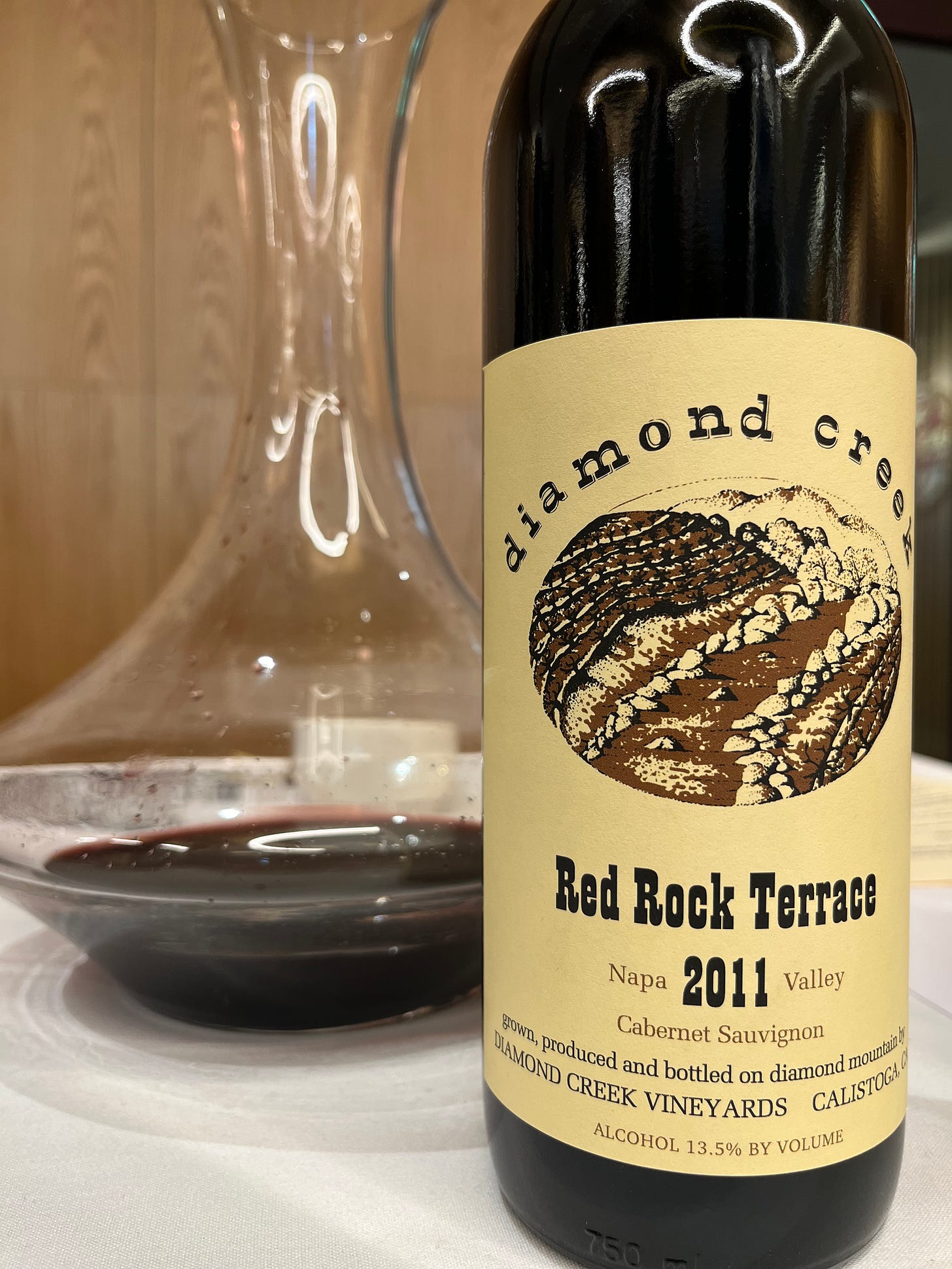
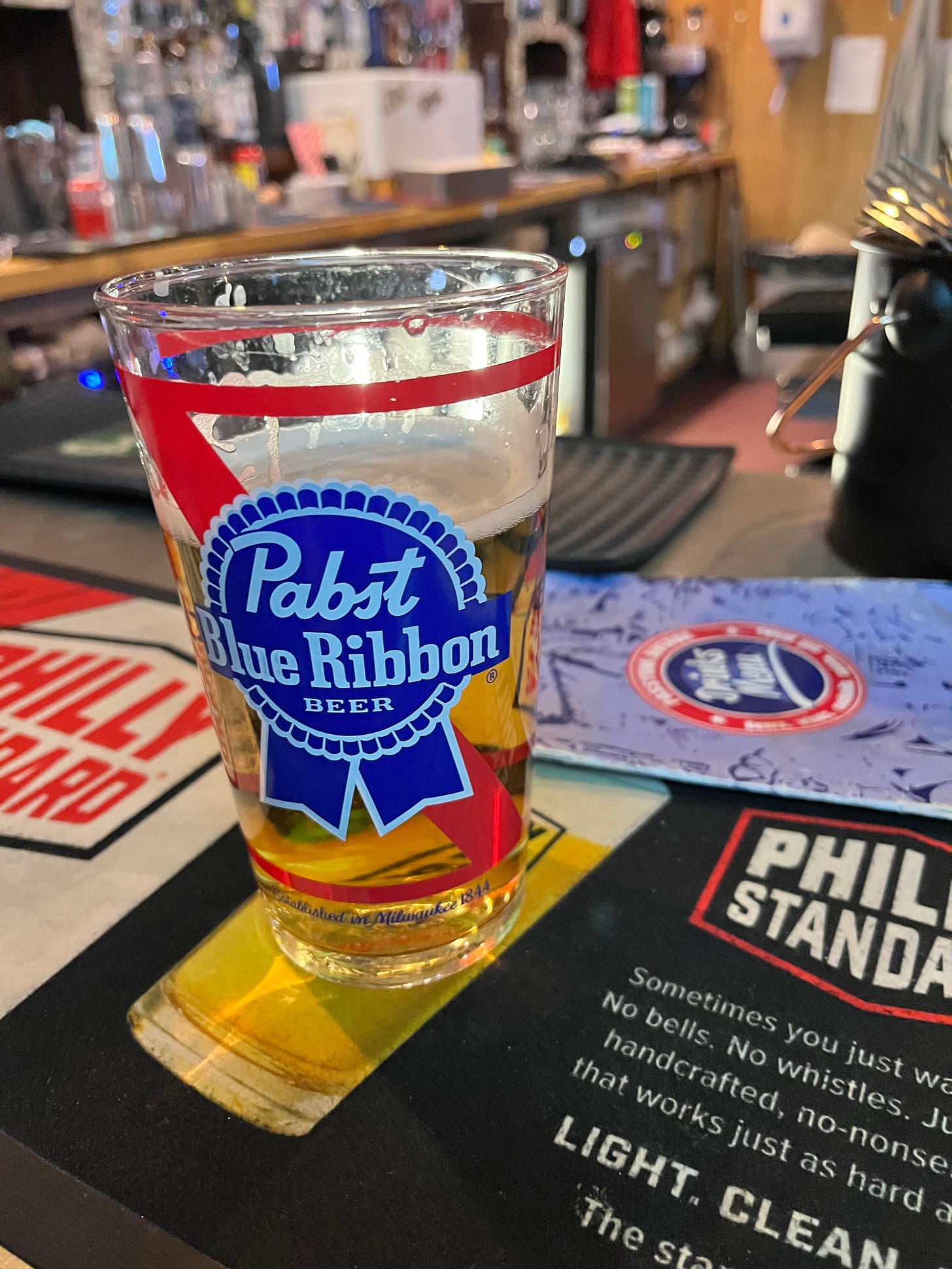
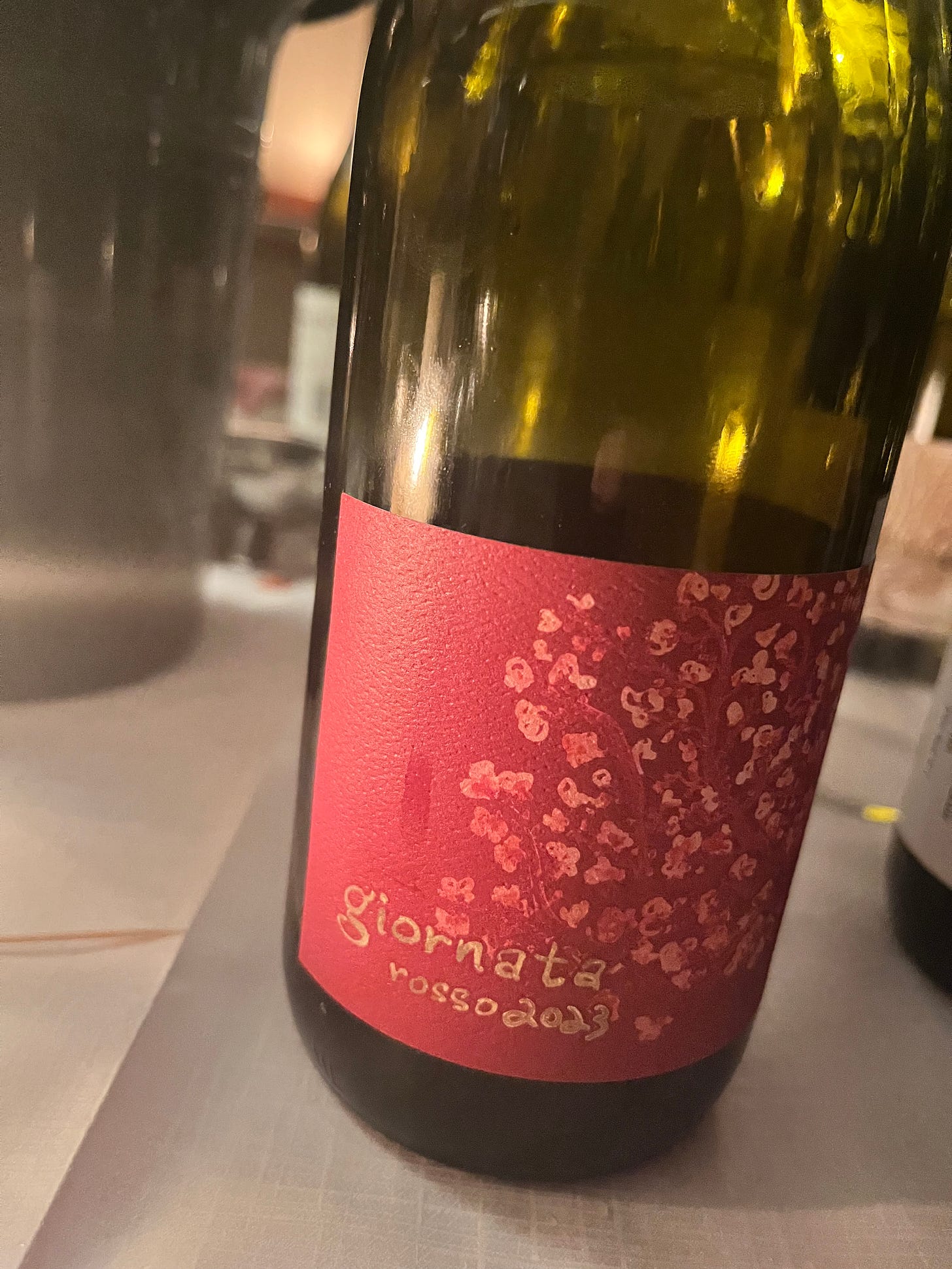
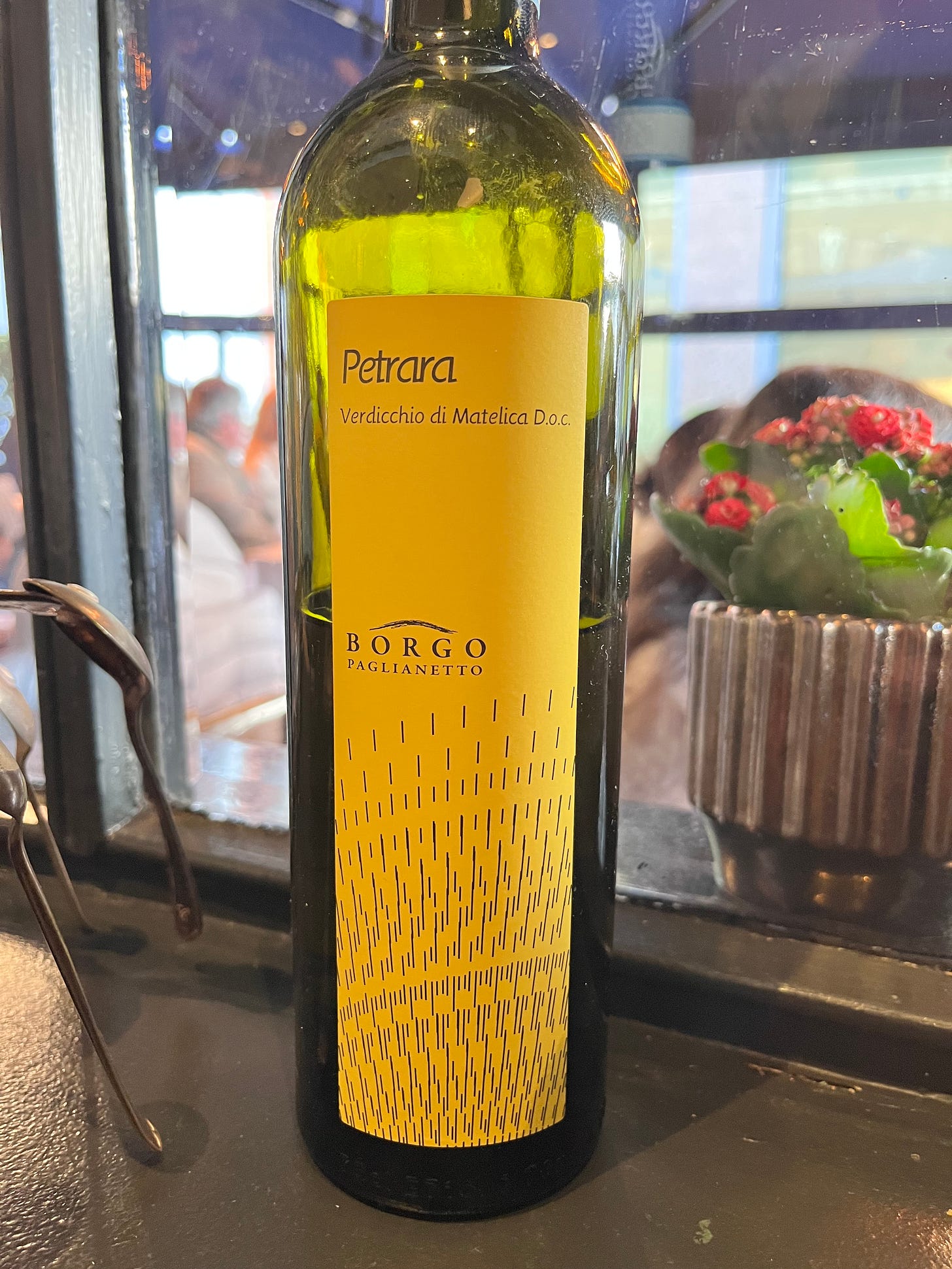
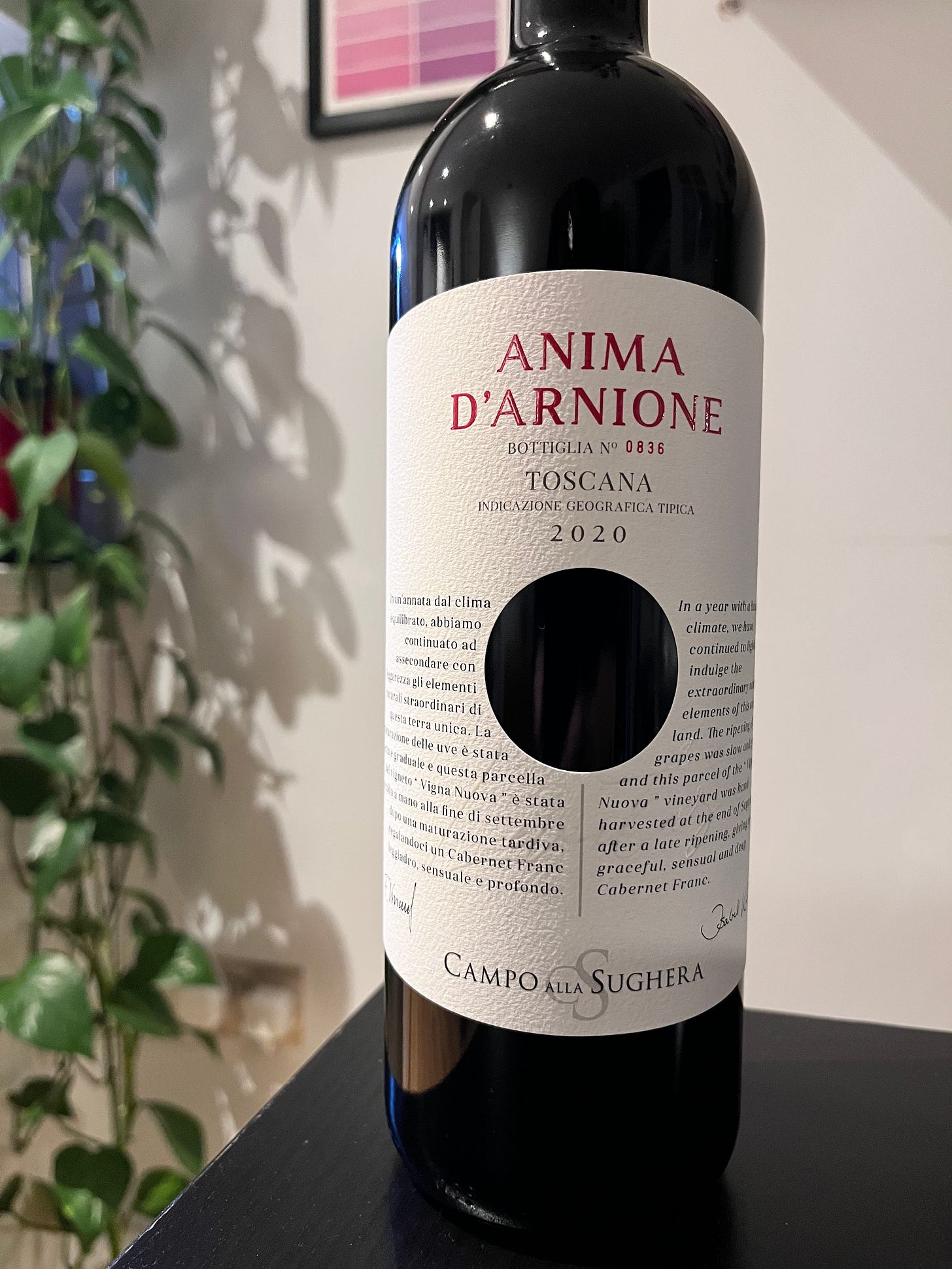


It took me a while to learn to spit. But a few too many times with too large of a headache and even I got the point.